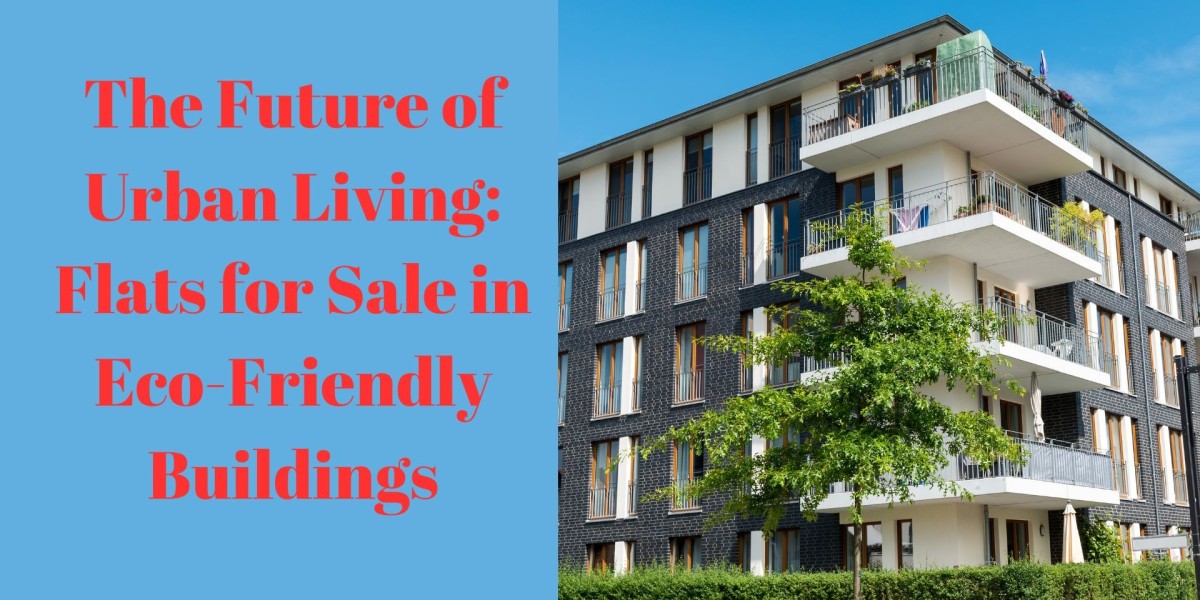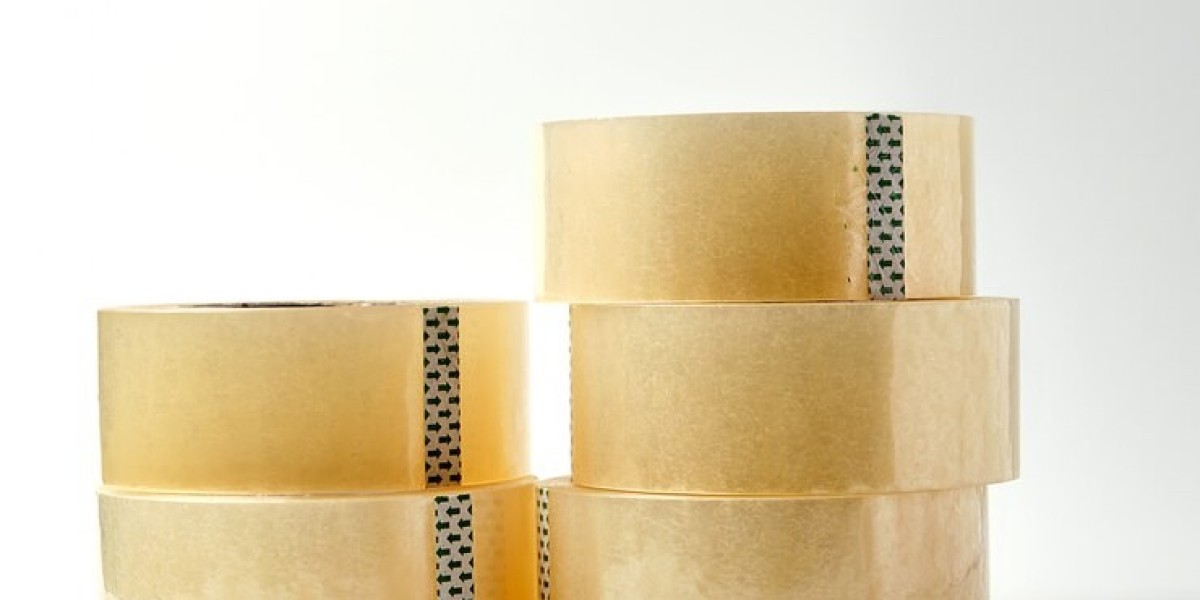Introduction
As urban populations continue to grow, the demand for sustainable living solutions has become more pressing. The future of urban living is increasingly being shaped by eco-friendly buildings that prioritize environmental sustainability, energy efficiency, and healthier living spaces. If you are in the market for a new flat, considering an eco-friendly building could be a smart investment for both your lifestyle and the planet. Let’s explore the key aspects of eco-friendly flats and why they represent the future of urban living.
- Sustainable Construction Practices
Eco-friendly buildings are constructed using sustainable materials and practices that minimize the environmental impact. These materials often include recycled or renewable resources, such as bamboo, reclaimed wood, and low-VOC (volatile organic compound) paints. Additionally, these buildings are designed with minimal waste and energy consumption in mind. By choosing a flat in an eco-friendly building, you contribute to reducing the carbon footprint associated with traditional construction methods.
Key Features:
- Use of recycled and renewable materials.
- Low-VOC paints and finishes.
- Energy-efficient construction processes.
- Energy Efficiency
One of the most significant benefits of eco-friendly buildings is their focus on energy efficiency. These buildings are equipped with advanced insulation, energy-efficient windows, and appliances that reduce energy consumption. Many eco-friendly flats also feature smart home technologies that allow residents to monitor and control their energy use, further reducing their environmental impact and utility bills.
Key Features:
- High-quality insulation and energy-efficient windows.
- Energy-saving appliances and systems.
- Smart home technologies for energy management.
- Water Conservation
Eco-friendly buildings incorporate water conservation strategies to reduce water waste. These include low-flow faucets, dual-flush toilets, and rainwater harvesting systems. Some buildings even feature greywater recycling systems, which treat and reuse water from showers and sinks for irrigation and other non-potable uses. By choosing a flat in an eco-friendly building, you can enjoy the benefits of reduced water bills and contribute to the conservation of this precious resource.
Key Features:
- Low-flow water fixtures and dual-flush toilets.
- Rainwater harvesting and greywater recycling systems.
- Efficient irrigation systems for landscaping.
- Indoor Air Quality
Indoor air quality is a crucial aspect of eco-friendly living. These buildings are designed to ensure that residents breathe clean and healthy air. This is achieved through the use of non-toxic building materials, proper ventilation systems, and air-purifying plants. Improved indoor air quality not only enhances the comfort of your living space but also promotes better health and well-being.
Key Features:
- Use of non-toxic, low-VOC materials.
- Advanced ventilation systems.
- Incorporation of air-purifying plants.
- Waste Reduction and Recycling
Eco-friendly buildings often have waste reduction and recycling programs in place. These programs include dedicated recycling areas, composting facilities, and waste segregation systems that encourage residents to minimize their waste output. By living in a flat that prioritizes waste reduction, you actively participate in a more sustainable lifestyle.
Key Features:
- Recycling and composting facilities.
- Waste segregation systems.
- Programs encouraging waste reduction.
- Green Spaces and Biophilic Design
Eco-friendly buildings often incorporate green spaces and biophilic design principles that connect residents with nature. These may include rooftop gardens, vertical gardens, and landscaped courtyards. Such features not only enhance the aesthetic appeal of the building but also provide residents with access to natural surroundings, which have been shown to reduce stress and improve overall well-being.
Key Features:
- Rooftop and vertical gardens.
- Landscaped courtyards and communal green spaces.
- Design elements that promote a connection with nature.
- Resilience and Adaptability
Eco-friendly buildings are designed to be resilient and adaptable to changing environmental conditions. This includes the use of materials and construction techniques that withstand extreme weather events, as well as the integration of renewable energy sources like solar panels. These buildings are not only sustainable but also future-proof, offering long-term value to residents.
Key Features:
- Use of durable, weather-resistant materials.
- Integration of renewable energy sources.
- Designs that adapt to future environmental changes.
Conclusion
The future of urban living is undeniably green, with eco-friendly buildings setting the standard for sustainable living. Investing in a flat in an eco-friendly building means more than just having a comfortable and modern living space; it means being part of a movement toward a more sustainable and responsible urban environment. These buildings offer a wide range of benefits, from lower utility bills and healthier living conditions to reduced environmental impact and increased property value.
If you’re considering buying a flat, now is the time to explore options in eco-friendly buildings. Not only will you be making a wise investment, but you’ll also be contributing to a more sustainable future for generations to come.
For those interested in eco-friendly flats, BNBSpace offers flat for sale in Ranchi that prioritize sustainability, energy efficiency, and modern living. Our team is dedicated to helping you find the perfect flat that aligns with your values and lifestyle.



